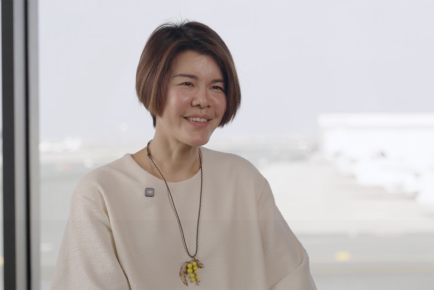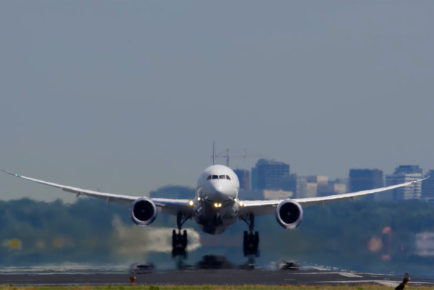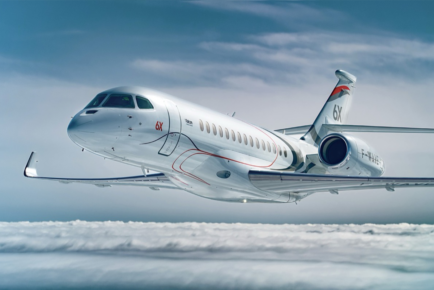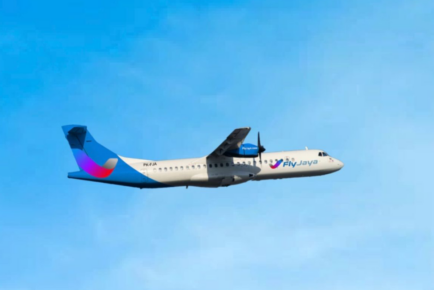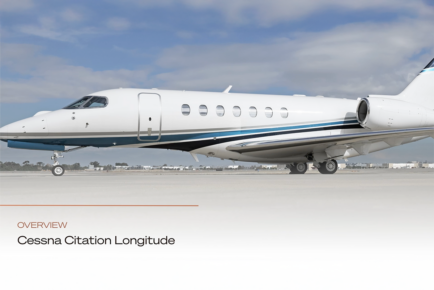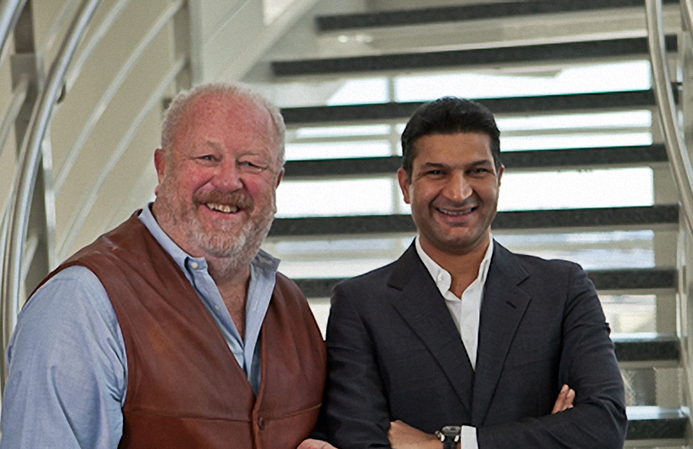
Jetcraft was featured in the Autumn 2014 issue of Executive & VIP Aviation International magazine. The article is below.
Jetcraft Co-Owner Jahid Fazal-Karim talks to Anthony Harrington
When Jahid Fazal-Karim joined Jetcraft six years ago, the vision was to make the company the biggest jet brokerage in the world. “That was our goal and our objective was always to be the best at what we do. We wanted to create a structure that would get us close to our clients and bring our clients closer to us,” Fazal-Karim told EVA.
To help build that closeness, six years ago Jetcraft set out to build a truly global organisation, one with a geographic spread of sales teams and offi ces capable of placing the company in the time zones of its far-flung client base. “Being close to the time zones of our clients means that our Chinese clients can phone our Hong Kong office, the Russian clients have our Russian office and we have a sales structure based out of Miami with Spanish speakers for our Latin American clients,” he comments.
“It’s taken us a while to achieve the global vision we formulated six years ago but we are now where we set out to be,” he adds. The acquisition of the aircraft trading arm of Execujet in August 2013 accelerated Jetcraft’s achievement of its global aspirations. “The acquisition gave us a team of very professional people with an established clientele and a very good reputation,” Fazal-Karim comments.
The best laid plans, however, have to deal with reality with all its twists and turns. The business aviation sector as a whole has been patiently waiting, year after year, for the market to really pick up again after the global financial crash of 2008. As Fazal-Karim puts it: “It seems as if every time the major economies take a step forward, something happens to jeopardise growth. I had hoped that 2014 would be the year when everyone started to enjoy growth again. The forecast was for both Europe and the US to resume growth and for Asia to continue. Then we had Russia’s annexation of the Crimea and the ongoing sanctions issues in Europe and the markets took another knock,” he comments.
However, he points out that there are strong, positive signs coming from the US economy. “We are seeing the reflection of this in a definite pick-up in activity in the pre-owned market,” he comments. “However, we really need the whole world to move back into growth to see anything like the peak business the business aviation sector experienced in 2007 to 2008,” he notes.That said, the recovery in North America is a good sign for owners of older model aircraft who want to sell their current model and upgrade to some of the new and exciting models being introduced by the OEMs.
“The great thing about the North American market is that it is very mature. People there know how to acquire pre-owned aircraft and I can see a decent recovery in that market,” he says. Fazal-Karim points out that there is something of a dichotomy in the market at present. At the top end, newer aircraft at the long-range, large cabin end of the market that are less than three years old, are very sought after. “These aircraft do not stay on the market very long. A Gulfstream G550 or a Global 6000 with low hours and less than a year old will usually see a very fast turnaround. The real issue is with aircraft that are priced in the $3 million to $15 million range, and older long-range models with say between 4,000 and 10,000 hours flying time.”
“Technically these are good, well-maintained aircraft, but you have to have some maturity in the market for these aircraft to shift. Buyers need to understand, technically, what they are doing. Latin America and some European countries have that expertise and I see a bit of a recovery in those markets, particularly because sellers have had to be very realistic about pricing,” he observes.
This means that there really are bargains to be had out there. “You can buy a very good G4 today for between $4 million and $9 million, which is the price of a new very light jet. A G4ST will go for between $7 million to $10 million, putting it at about a quarter of the price of a new, comparable aircraft, so there are fantastic deals out there. The Challenger 604, for example, you can now buy for under $10 million, whereas the new 605 willl cost between $26 million and $28 million,” Fazal-Karim says.
“If I look at our own sales, Jetcraft did between 52 and 57 transactions in 2012, 60 transactions in 2013 and we are targeting over 70 transactions in 2014, or more than one a week,” he adds. The top three or four brokers in the world generally account for about 80% of global transactions, which shows that scale and the ability to execute to the client’s satisfaction are very closely intertwined. “We tend to focus on the medium to larger end of the market, with our smallest transactions generally being at the Lear 45 or Citation XLS end. We do very few Mustang or VLJ sales and also very few turboprops,” Fazal-Karim comments.
His goal, and it is a major part of the company’s operating strategy, is to be global but to keep the feeling of being a small, close-knit company, as far as staff and clients are concerned. “We are getting bigger relative to other brokerage firms, with more people and a worldwide structure, but we strive to keep the small company ethos. We, that is, the company leadership, communicate on a regular basis with all our sales people and there is always a real buzz to things. If you are completing 70 transactions in a year you are probably working on between 120 and 150, which is still a manageable number, even if it keeps everyone busy!”
When the client wants a complete interior refit on the purchase of a pre-owned aircraft, Fazal-Karim’s advice is always for the principal to engage the services of a completions consultant to manage the process for them. “We sold an older Global Express to a client and he is having the interior work done at Jet Aviation in St Louis. We assisted him with the contract on the completions and we stay with the process and help the client through it. This is not a short-term process. Most of our clients are repeat customers. After a few years they will want to upgrade their current aircraft. We help to sell that one for them and we find them a new or newer aircraft that meets their new requirements,” he comments.
A lot of first time buyers will be very cautious first time round and will set their budget accordingly. After a few years, as they become more experienced and build up a deeper understanding of the options available on the market, they will look to upgrade. “This is quintessentially a relationship business and you look to keep the client relationship over the long term. You never want to lose a customer,” he concludes
Click here to download a PDF of the article.
Click here to view the EVA magazine website.
SIGN UP FOR OUR MONTHLY JETSTREAM RECAP
Don't miss future Jetstream articles. Sign up for our Jetcraft News mailing list to receive a monthly eblast with links to our latest articles. Click to join the 1,800+ subscribers on our mailing list.
